A key idea in Brad Garlinghouse’s Peanut Butter Manifesto was to eliminate redundancy within Yahoo, kill overlapping products that compete with each other. Yesterday Mr. Peanut-Butter himself, along with Flickr Co-Founder Stewart Butterfield broke the news to TechCrunch: Yahoo will shut down Photos, in favor of Flickr.
A lot has been written on this move (see below), let me just point out two seemingly controversial metrics:

The chart shows Flickr’s US traffic has caught up with that of Yahoo Photos. However, Flickr only has about 20% of the photos stored on Yahoo: 500 million vs. 2 billion.
How many of us have “layaway” photos stored on Yahoo, that we uploaded buried quite some time ago, never to touch them again? Flickr’s photos are tagged, searched, used – there is activity. That’s the difference between dead and alive.
The contrast in the stats is a perfect illustration for a trend we see with other services, too – although it’s supposed to be Yahoo’s day, Gmail vs Yahoo Mail comes to my mind. Yahoo has a huge incumbent user base that will never move. Change is evil for them. Gmail is much smaller, but it picks up the innovator, productivity-oriented crowd – that is if they pull their act together)
Last, but not least, when will Yahoo have it’s Youtube? “Butterfield also confirmed that Flickr will “soon” allow users to upload videos in addition to photos.”
Related posts:
TechCrunch, Search Engine Land, SmugBlog, mathewingram.com/work, Between the Lines, Scobleizer, Laughing Squid, Digital Inspiration, Ben Metcalfe Blog, Webware.com, parislemon, WebProNews , UNEASYsilence, Read/WriteWeb.
Update: If it’s up to BillG, Flickr will soon be a Microsoft property, along with the rest of Yahoo. Others on the subject:
paidContent.org, Between the Lines, Internet Outsider, Rough Type, IP Democracy, Mashable!, BloggingStocks, Search Engine Land, WebProNews, TechBlog and franticindustries

 I’ve been a Gmail fan long before I actually migrated to it. More than a year ago I wrote up a few tricks on how
I’ve been a Gmail fan long before I actually migrated to it. More than a year ago I wrote up a few tricks on how 

 (Updated)
(Updated) ) perhaps it’s time to eliminate the
) perhaps it’s time to eliminate the 
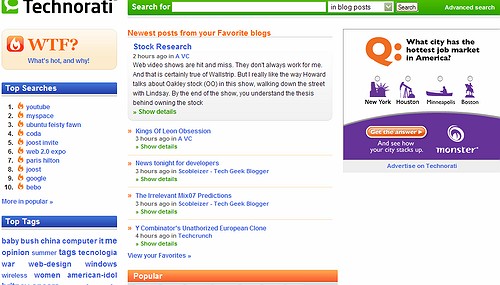

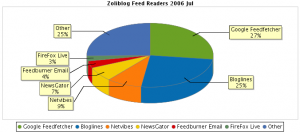
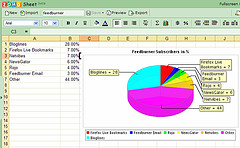
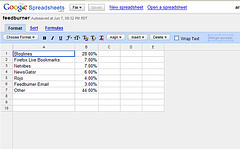 Almost a year ago I wrote about a
Almost a year ago I wrote about a 
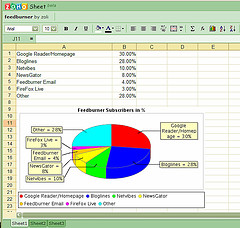
 The chart to the right is not an image, any changes in the originating spreadsheet will be immediately reflected in the published article.
The chart to the right is not an image, any changes in the originating spreadsheet will be immediately reflected in the published article.
 Way back at the Office 2.0 conference
Way back at the Office 2.0 conference 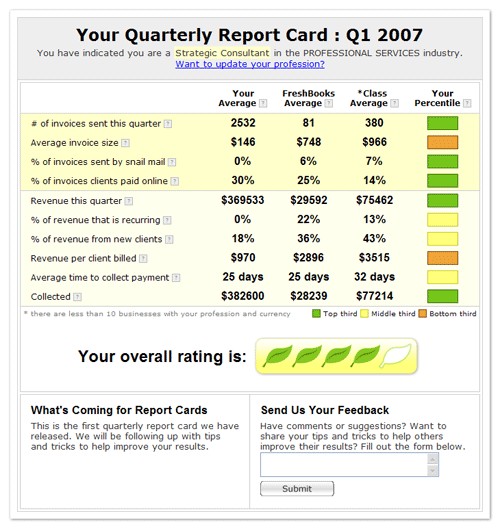
 Yugma
Yugma
 Surprise #3: Web 2.0 needs connectivity, we all know that. Wireless works, albeit sloooowly. But…but: we need, power, too. I know, it’s my fault, should have carried extra batteries.. and there’s never enough power outlet for all attendees. But I haven’t been to any conference where’s not a single power outlet in the entire room. I’m sitting outside, next to a watercooler (which runs on power, so it led me to a spare outlet), trying to recharge my hungry laptop. I’m afraid starting tomorrow, there will be tough competition for these spots.
Surprise #3: Web 2.0 needs connectivity, we all know that. Wireless works, albeit sloooowly. But…but: we need, power, too. I know, it’s my fault, should have carried extra batteries.. and there’s never enough power outlet for all attendees. But I haven’t been to any conference where’s not a single power outlet in the entire room. I’m sitting outside, next to a watercooler (which runs on power, so it led me to a spare outlet), trying to recharge my hungry laptop. I’m afraid starting tomorrow, there will be tough competition for these spots.


Recent Comments